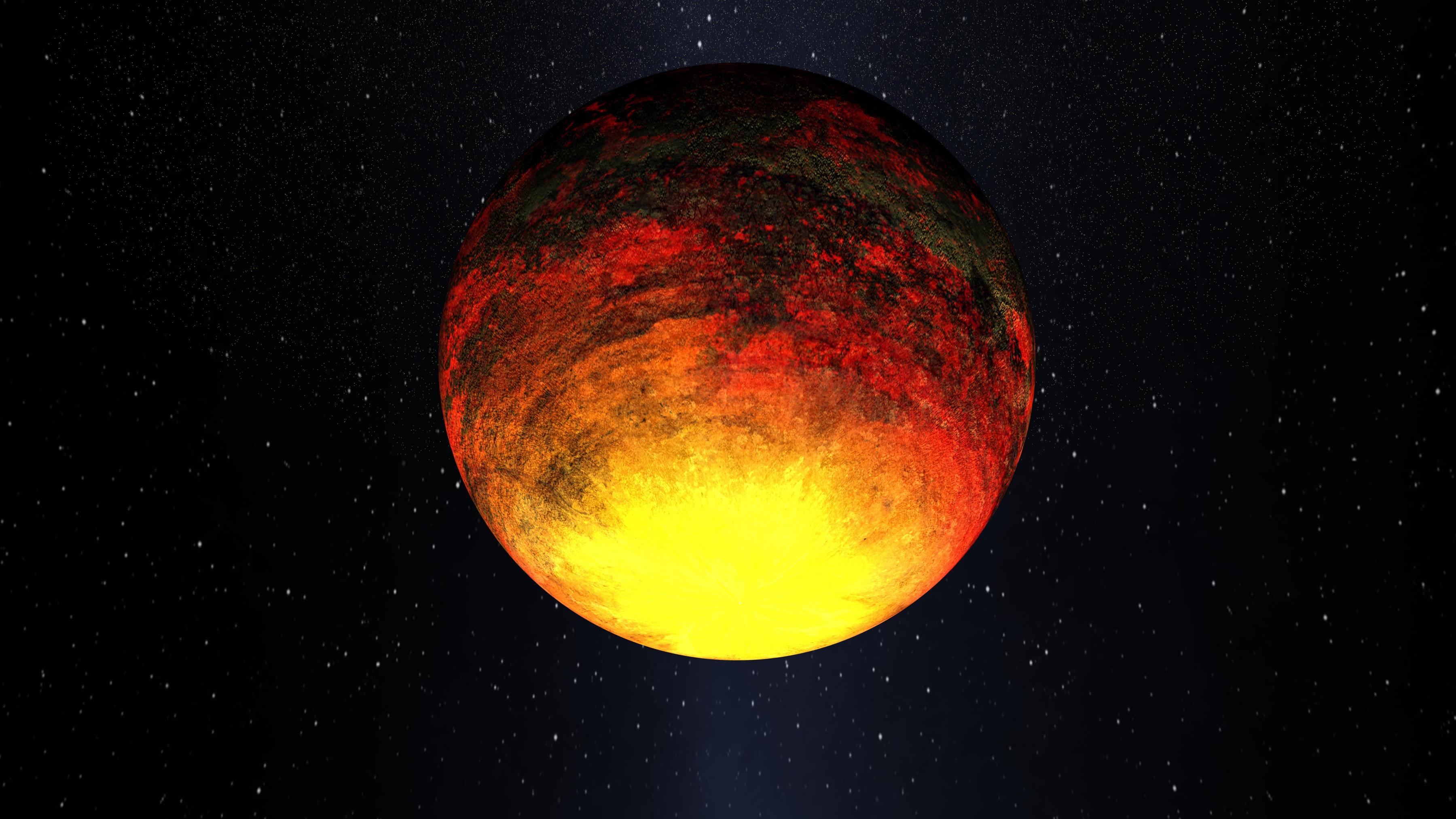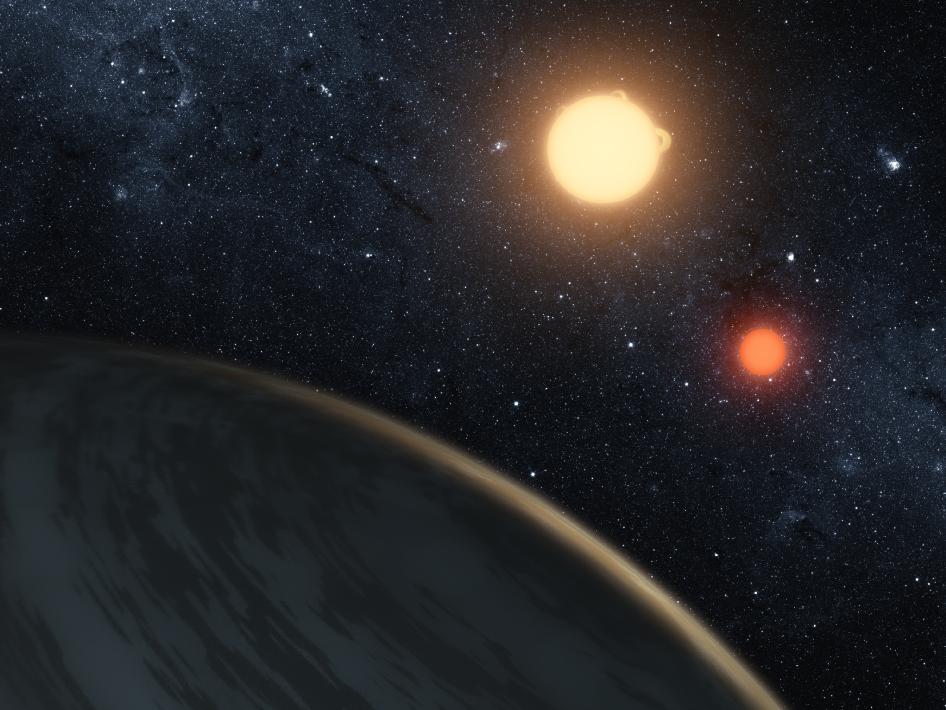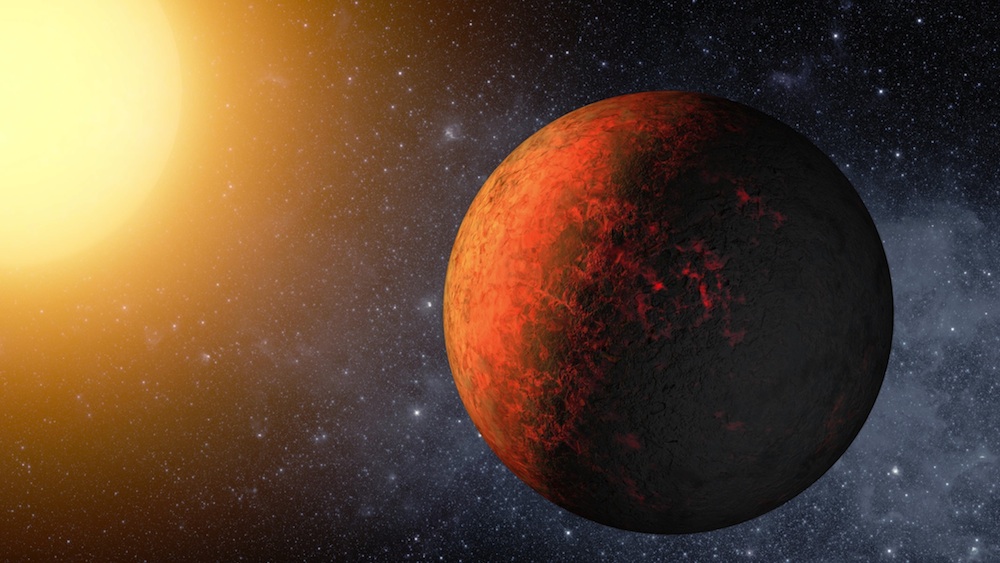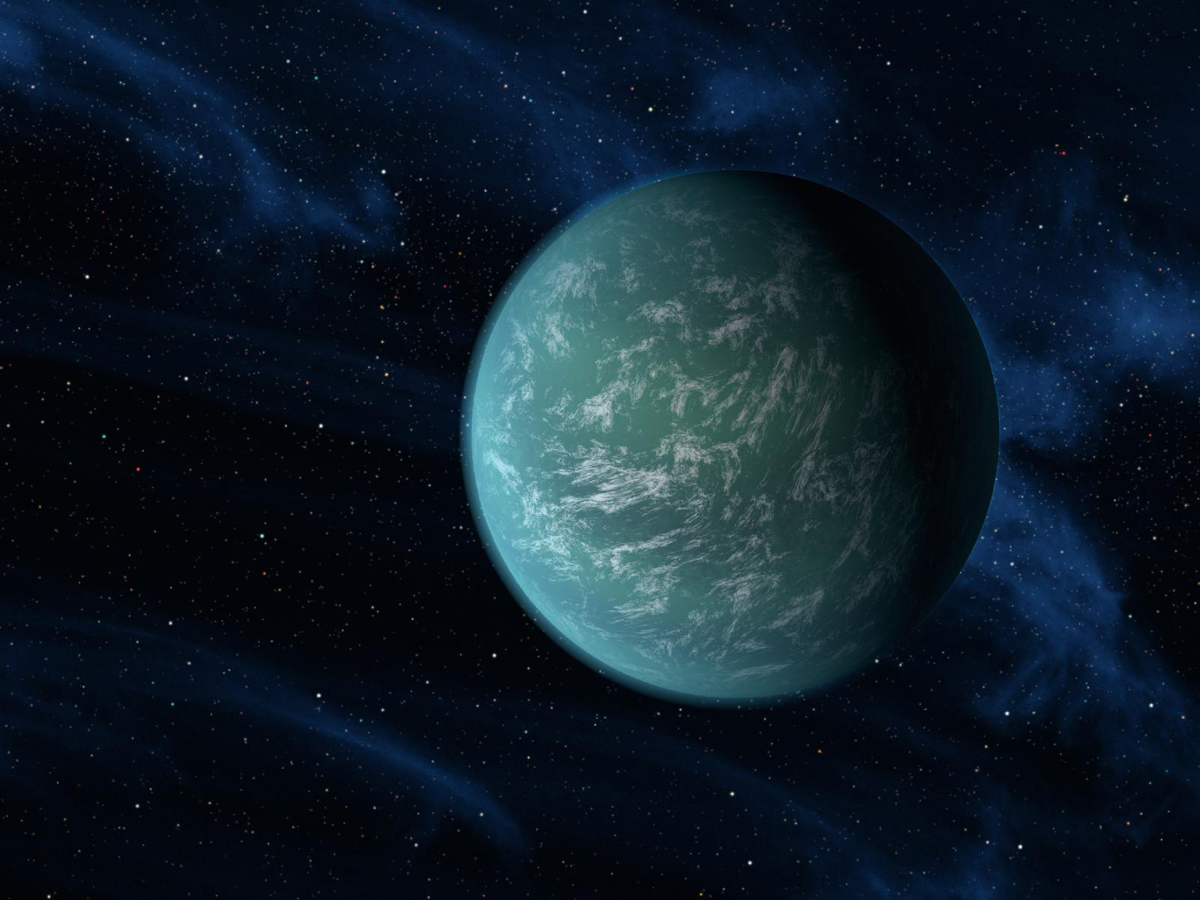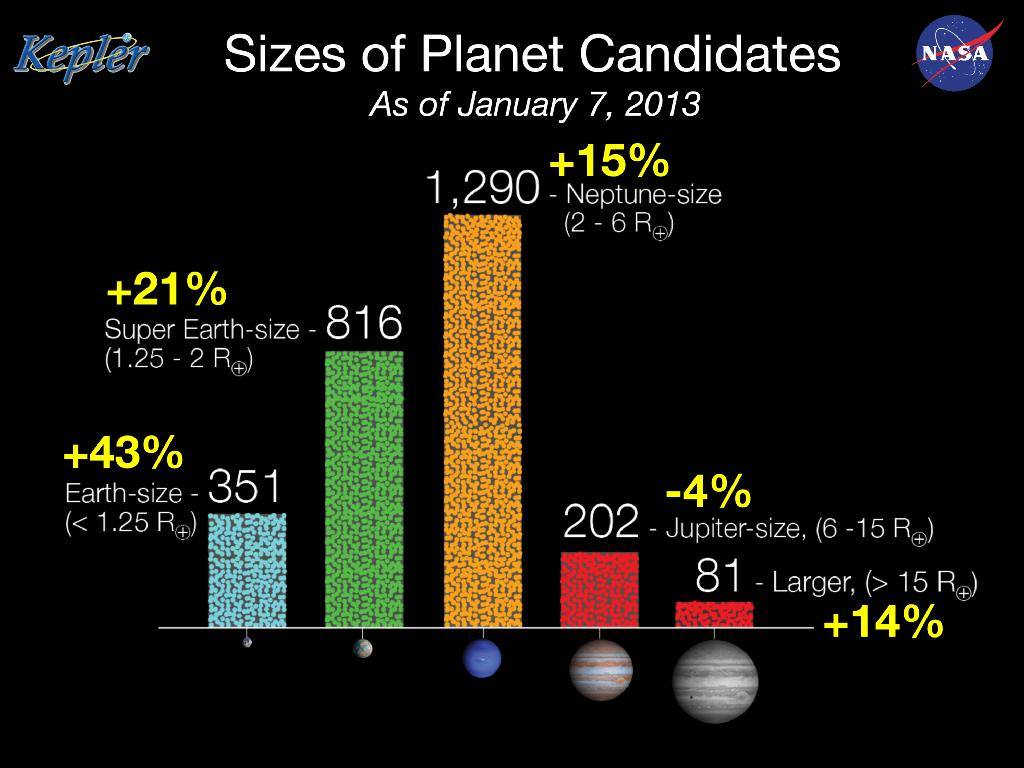7 Greatest Alien Planet Discoveries by NASA's Kepler Spacecraft
Alien Planets Beyond the Solar System
NASA's Kepler space telescope launched in March 2009 to hunt for Earth-size alien planets that may be capable of supporting life as we know it.
The $600 million mission's future is in doubt after the second of the observatory's four orientation-maintaining reaction wheels failed in May 2013. (Kepler needs at least three working reaction wheels to stay locked onto its 150,000-plus target stars.)
Whether or not Kepler can continue hunting for alien worlds, the mission has been a spectacular success, researchers say, flagging more than 2,700 potential alien planets thus far. And more discoveries will keep rolling in for years to come as team members pore through the spacecraft's data.
Here are some of Kepler's greatest finds to date.
FIRST STOP: A Rocky Exo-world
Kepler-10b: The First Unquestionably Rocky Alien Planet
Kepler-10b is the first "unquestionably rocky" exoplanet, scientists said upon announcing its discovery in January 2011. The scorching-hot world, which is about 1.4 times the size of Earth, lies about 560 light-years away.
NEXT: 'Tatooine Planet' with twin Suns
Kepler-16b: The First 'Tatooine Planet'
The gas giant Kepler-16b is the first exoplanet ever found with two suns in its sky. Like Tatooine — the home world of Luke Skywalker in the "Star Wars" films — Kepler-16b orbits a pair of stars rather than a singleton like our own sun. The planet was spotted in September 2011; Kepler has since found others like it.
NEXT: Alien Planet Smaller Than Earth
Kepler-20e: The First Alien World Smaller than Earth
Kepler-20e is the first alien world ever found smaller than Earth; it's about 0.87 times the width of our planet. Kepler-20e and its sibling Kepler-20f, which is 1.03 times the size of Earth, were announced in December 2011.
Breaking space news, the latest updates on rocket launches, skywatching events and more!
NEXT: A Truly Habitable World?
Kepler-22b: Kepler's First Possibly Habitable Planet
In December 2011, astronomers announced the discovery of Kepler-22b, the Kepler mission's first potentially life-supporting planet. Kepler-22b is 2.4 times as large as Earth and orbits a star very much like our sun.
NEXT: The Smallest Exoplanet
Kepler-37b: The Smallest Alien Planet
The tiny alien planet Kepler-37b, which was announced in February 2013, is slightly larger than Earth's moon and orbits its host star every 13 days. It likely has a surface temperature in excess of 700 degrees Fahrenheit (400 degrees Celsius).
NEXT: Potentially Habitable Water Worlds
Kepler-62e and f: Possibly Life-Supporting 'Water Worlds'
Kepler-62e and 62f are perhaps the most promising life-hosting candidates yet found beyond our solar system. The planets, which are 1.6 and 1.4 times the size of Earth, respectively, may both be water worlds whose global oceans are teeming with life, researchers say. Their discovery was announced in April 2013.
NEXT: The Exoplanet Picture
The Big Picture on Exoplanets
Kepler's greatest contribution is not a single newfound planet or planetary system but rather the systematic look at worlds beyond our solar system that it's giving scientists. For example, Kepler observations have revealed that small, rocky planets like Earth are much more common throughout the Milky Way galaxy than gas giants such as Saturn or Jupiter, at least in close-in orbits.
Join our Space Forums to keep talking space on the latest missions, night sky and more! And if you have a news tip, correction or comment, let us know at: community@space.com.

Michael Wall is a Senior Space Writer with Space.com and joined the team in 2010. He primarily covers exoplanets, spaceflight and military space, but has been known to dabble in the space art beat. His book about the search for alien life, "Out There," was published on Nov. 13, 2018. Before becoming a science writer, Michael worked as a herpetologist and wildlife biologist. He has a Ph.D. in evolutionary biology from the University of Sydney, Australia, a bachelor's degree from the University of Arizona, and a graduate certificate in science writing from the University of California, Santa Cruz. To find out what his latest project is, you can follow Michael on Twitter.

